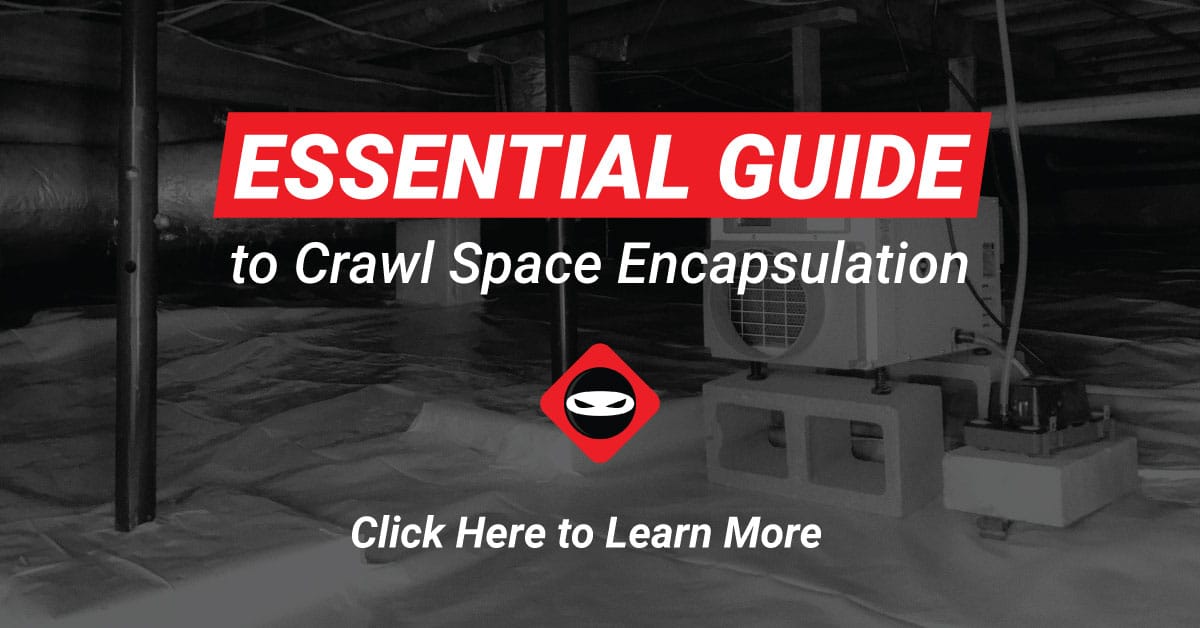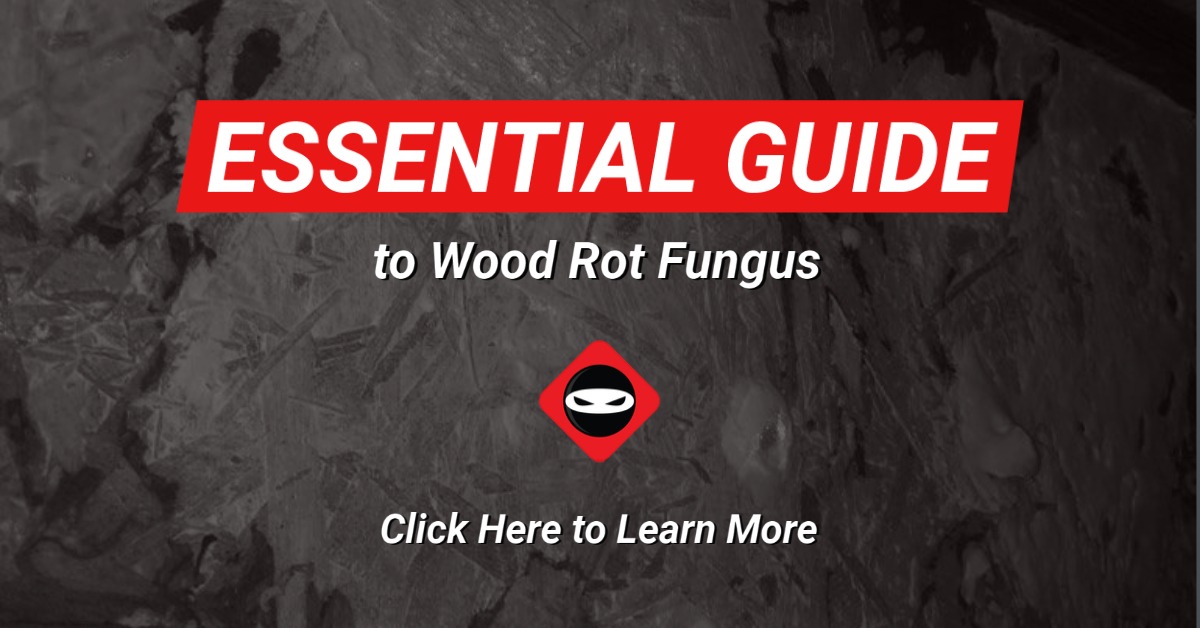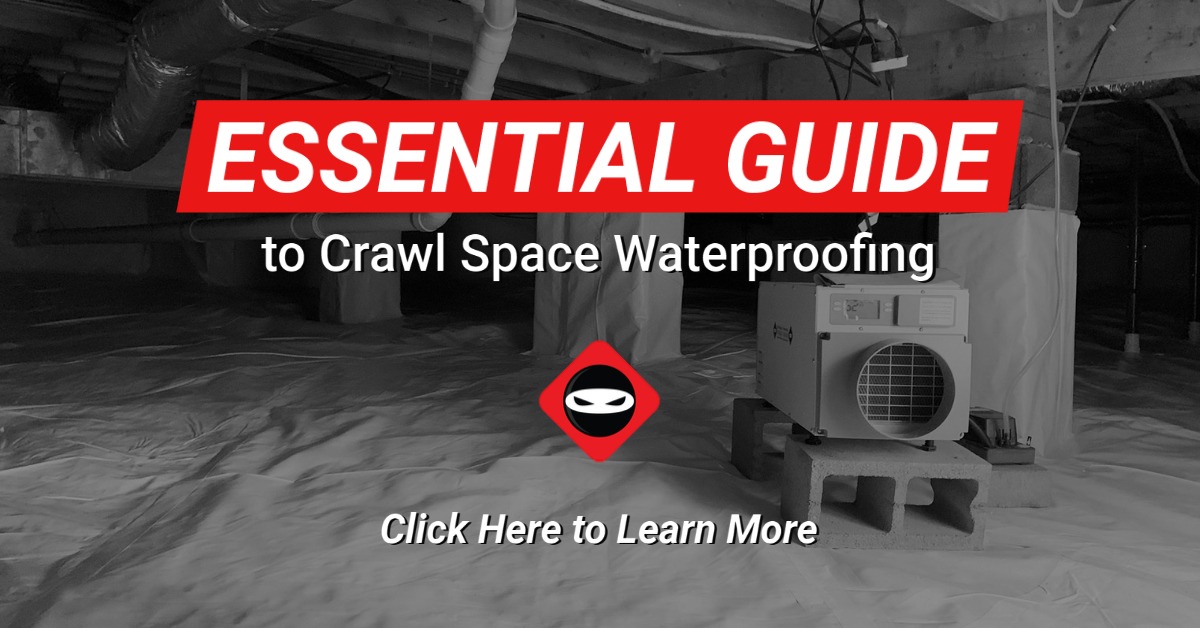Welcome to the crawl space insulation FAQ (frequently asked questions) by Crawl Space Ninja. This information is designed to help you make your home more efficient. The questions being answered come from our Ask a Ninja Program. Please let us know if you have a question you’d like us to answer. You can leave them in the comments below.
Is Foundation Wall Insulation Needed When Installing a Vapor Barrier?
Q: What if I don’t use foam board and just run a 12-mil vapor barrier up to the top of the wall and ran a dehumidifier in the crawl space, would that make it efficient enough?
A: The only way this would be acceptable by International Residential Code (IRC) is to install insulation in the sub-floor. Not having sub-floor insulation and not having foundation wall insulation is against (IRC). Not having the crawl space properly insulated will cause you to use more energy when heating and cooling the home.
Many contractors mislead homeowners by saying the crawl space vapor barrier will replace insulation. This simply is not true. It could be argued, I guess, that the vapor barrier does have a slight R-value but not enough to satisfy the IRC requirement for crawl space insulation.
Ready to find out more?
Drop us a line today for a free quote!
Should I Remove the Sub-floor Fiberglass Insulation?
Q: I am performing crawl space encapsulation and the fiberglass batt is in very good shape. Would there be a big issue to leave it in place and install the encapsulation liner directly to the exterior walls without foam board?
A: Encapsulating the crawl space does not require you to remove the current sub-floor insulation. The only time we remove sub-floor insulation is if the insulation is damaged, wet, or moldy. Keeping the fiberglass batt insulation in place while encapsulating the crawl space is acceptable.
What Type of Crawl Space Insulation Should I Use?
Q: I plan on pulling out all the old insulation to check for mold. What kind of insulation do you recommend replacing it with?
A: If you are keeping the crawl space open or vented, fiberglass batt insulation with kraft-faced paper is a good choice. Rockwool insulation will also work in the sub-floor of the crawl space. Make sure the wood is dry before installing.
Which Way to Face Insulation?
Q: I am installing kraft-faced fiberglass batt insulation. Which direction does the paper go?
A: The paper should always be placed towards the living space according to the manufacturers we are familiar with. Make sure the wood is dry before installing.
What Next?
Do you need help with crawl space insulation or encapsulation in Alabama, Georgia, Delaware, North Carolina, Tennessee, Kentucky, or South Carolina? If so, please contact us to schedule your assessment. Also, let us know in the comments below if you’d like to suggest a future blog post.
Perhaps you’d like to tackle your own crawl space repair. Visit our DIY Store.
Contact us if you need help fixing your crawl space, basement, or yard drainage by clicking here.
Learn about Crawl Space Ninja Franchise opportunities.






6 thoughts on “Crawl Space Insulation FAQ”
Is the blue and or pink 2″ foam board you can get from Lowes or Homedepot suitable to insulate my crawlspace walls?
Great question, some are and some are not. You’d have to ask the store you get it from which they have available.
Is R-19 fiberglass batt insulation appropriate for rim board sealing?
Hi Tom, R-19 batt insulation is appropriate in our climate zone of the southeast to insulate rim joists but will not air seal them. Here is a video we did about rim joist insulation and air sealing. I hope it helps. https://youtu.be/N6yE33FT8Pw
I have watched most of your videos and still have a few questions. Do you have an A to Z insulating and encapsulating charts with diagrams? Such as a training manual or best practices. Watching your video, it looks like your foam board does not make ground contact. I have a cabin above 6200′ in AZ that puts it in climate zone 4. Code for zone 4 requires foam board from finished grade to termite gap. It also requires the foam board to be ran a minimum of 24″ vertically along grade. Would any of this change your methodology of insulating and incapsulating?
Hi Rodney we are working on a video training course but won’t be complete for a while. The requirements in your state should not affect our recommended methods. We use ground contact foamboard but we are also given the option to not go to the ground if the outside is covered by ground. Our climate is acceptable for the outside dirt to act as an insulator at a fairly shallow depth. I hope that helps. Thank you.